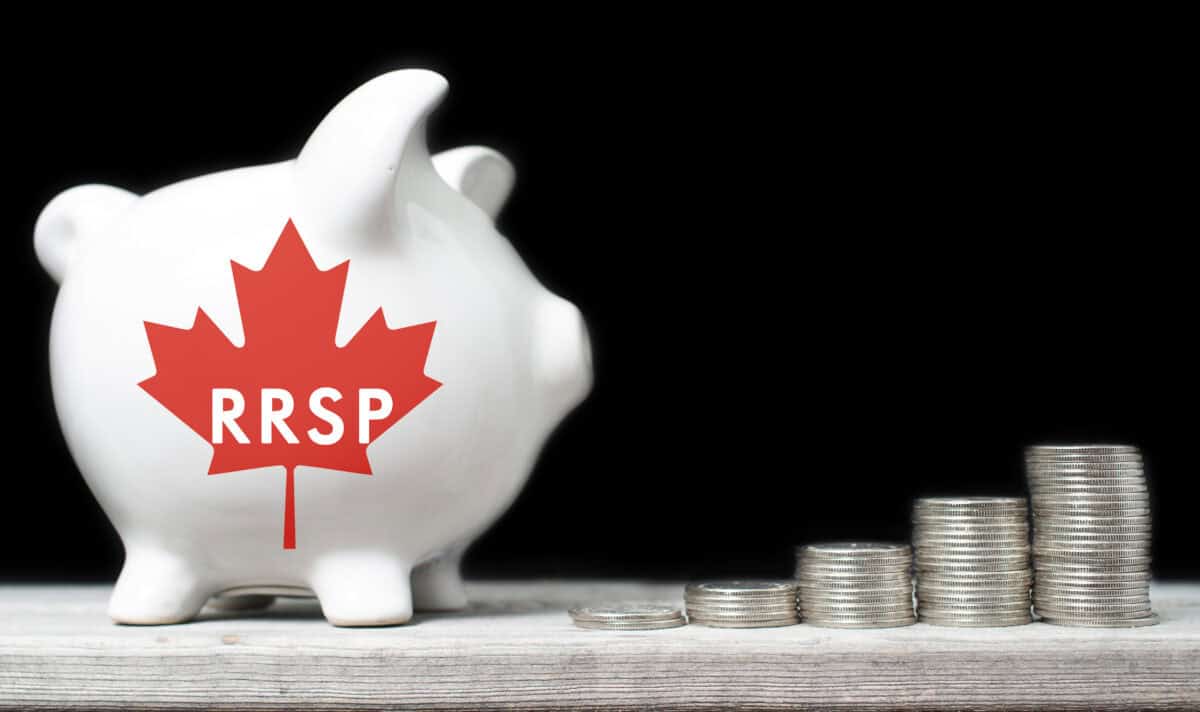The Registered Retirement Savings Plan (RRSP) is a cornerstone for Canadians seeking to secure their financial future. This tax-advantaged account allows individuals to contribute annually, reducing their taxable income during their working years. The goal is clear: by the time you retire, you’ll ideally be in a lower tax bracket, allowing your savings to compound in a tax-deferred environment for the long haul. But how does this play out for Canadians at the pivotal age of 34?
What’s the average RRSP balance?
Statistics Canada revealed that as of 2023, individuals under 35 had an average RRSP balance of approximately $57,500, including other retirement plans. Notably, this figure excludes other valuable assets, such as those in Tax-Free Savings Accounts (TFSAs) or non-registered investment accounts, not to mention the equity many have built through home ownership. When you compare this to the next age bracket of 35 to 44, which boasts an average balance of $88,600, the stakes become even clearer. For many 34-year-olds, these numbers can spark feelings of urgency or inadequacy.
If your RRSP balance falls short of the average, don’t despair. The key is to cultivate a consistent saving and investing habit. Small, regular contributions can add up over time, and there are strategies to maximize your growth potential. Investing solely in low-risk options like savings accounts won’t cut it. Historically, equities have outperformed other asset classes in the long run, making them an essential component of any solid investment strategy.
Embracing stock market opportunities
Navigating the stock market can be intimidating, especially for first-time investors. The thought of picking individual stocks may seem daunting, but it’s crucial to understand that there are simpler, less risky avenues. One popular solution is to invest in exchange-traded funds (ETFs), which offer built-in diversification and mitigate the risks associated with individual stocks.
For 34-year-olds looking to invest wisely, consider adopting a monthly investment strategy using commission-free trading platforms. This approach, often referred to as dollar-cost averaging, allows you to purchase more units when prices are low and fewer when they are high. The goal? To build a robust portfolio that appreciates over time, ultimately leading to a more comfortable retirement.
The iShares Core Equity ETF Portfolio
If you’re seeking a straightforward investment option, the iShares Core Equity ETF Portfolio (TSX: XEQT) deserves your attention. This fund is designed for those who want a simple, long-term investment solution. With a strategic asset allocation of 100% equity, XEQT offers diversified exposure across key global markets.
Breaking down its components, the ETF allocates 46% to the iShares Core S&P Total U.S. Stock Market ETF, providing significant exposure to the U.S. market. Additionally, it invests 25% in the iShares Core S&P/TSX Capped Composite Index ETF for Canadian market exposure, 23% in the iShares Core MSCI EAFE IMI Index ETF for international investments in Europe, Asia, and Australia, and 5% in the iShares Core MSCI Emerging Markets IMI Index ETF to tap into emerging markets.
With a low management expense ratio of just 0.20%, this ETF not only makes diversification easy but also keeps costs minimal. While past performance – such as the fund’s five-year rate of return of 11.9% – is not indicative of future results, it offers a glimpse into the potential growth that lies ahead for disciplined investors.
The Foolish investor takeaway
As a 34-year-old Canadian, knowing the average RRSP balance may motivate you to work on your retirement savings and investing. By embracing the right investment strategies, including the potential of ETFs, you can take significant steps towards achieving a secure financial future.

